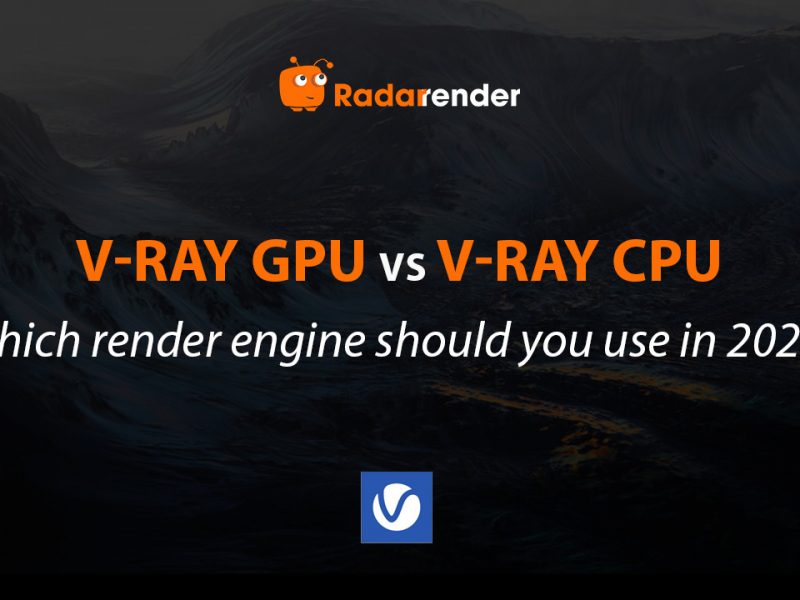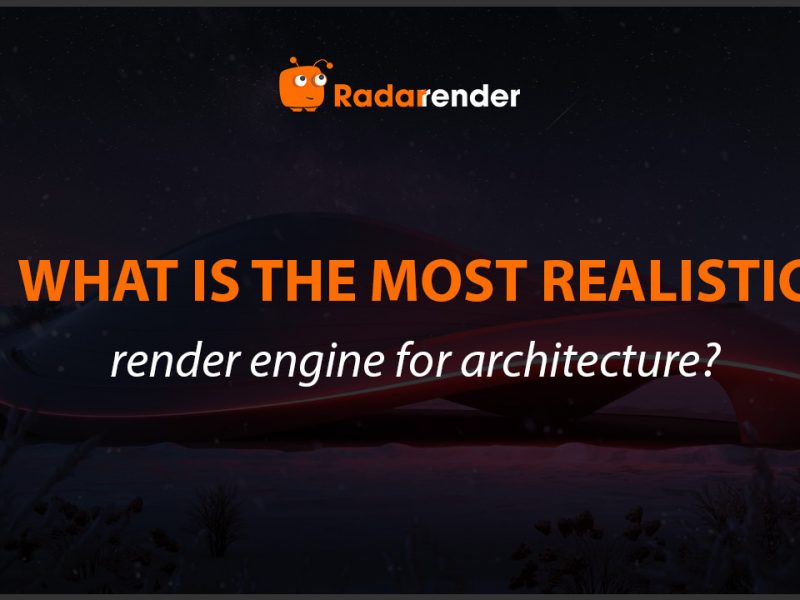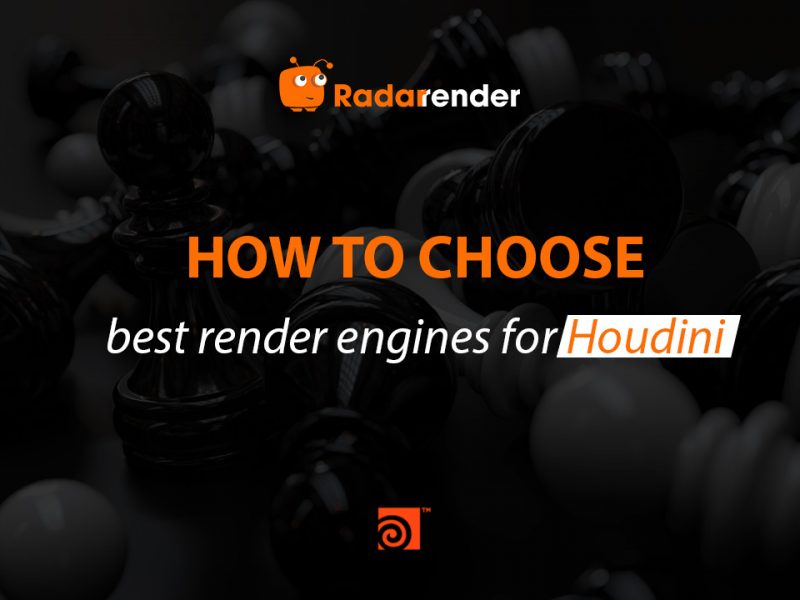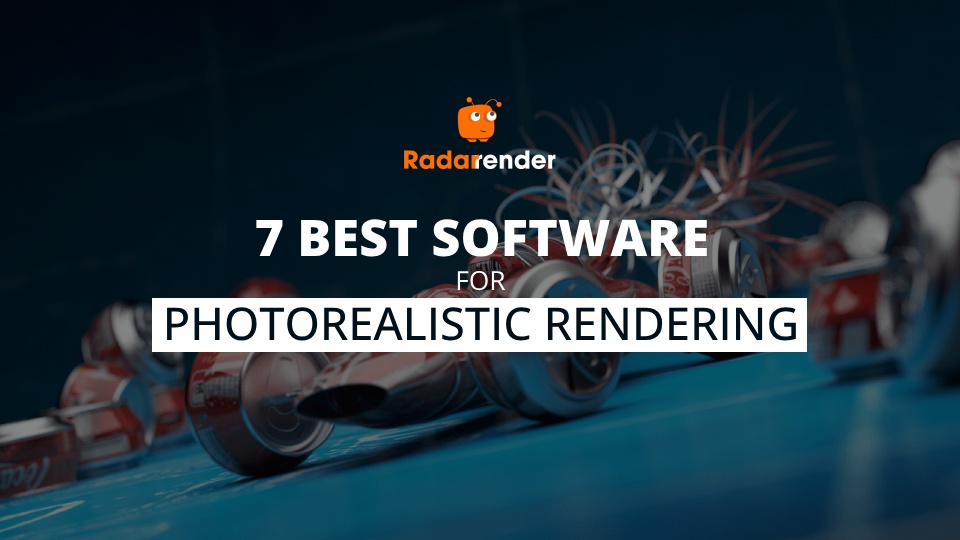
7 best software for photorealistic rendering
Photorealistic rendering software provides various benefits across various industries, including architecture, gaming, film, and advertising. There is a lot of software for photorealistic rendering out there, so, what is the best choice for your projects? We’ve spent hours researching and finding the 7 best software for photorealistic rendering. Some are free, some are paid, some are tailored for heavy-duty projects, and some are suitable for all kinds of projects.
Let’s explore the details in the following article with Radarrender!
1. V-Ray
V-Ray is one of the best software for photorealistic rendering in the world. It is a highly acclaimed and widely used photorealistic rendering software that has become a standard in the fields of architecture, design, visual effects, and animation. Developed by Chaos Group, V-Ray is known for its advanced rendering capabilities, realistic lighting, and integration with various 3D modeling software.
V-Ray is integrated with various 3D modeling software including 3ds Max, Cinema 4D, Houdini, Maya, Nuke, Revit, Rhino, SketchUp, and Unreal. It helps streamline your workflow, boosting productivity with excellent quality. V-Ray allows you to render both in CPU and GPU. You can switch and use the type of rendering that you want.
With a photorealistic ray-traced rendering feature, V-Ray is renowned for its ability to produce high-quality, photorealistic images. It simulates the behavior of light in a physically accurate way, resulting in realistic materials, reflections, and shadows.
 Price:
Price:
– Commercial:
- V-Ray solo: €69.9/month or €418.80/year.
- V-Ray Premium: €104.90/month or €634.80/year.
- V-Ray Enterprise: €538.80 per license/year
– Educational: €134/year.
2. Corona Renderer
Corona Renderer is a photorealistic rendering engine that is used in computer graphics, specifically for 3D rendering and visualization. It is designed to simulate the behavior of light in a realistic way, allowing artists and designers to create lifelike images. The renderer is commonly used in conjunction with 3D modeling software, such as Autodesk 3ds Max and Cinema 4D.
For photorealistic rendering, Corona Renderer aims to simulate natural lighting conditions, including the behavior of sunlight, artificial lights, and their interaction with different materials.
 Price:
Price:
– Commercial:
- Corona Solo: €48.90/month and €322.80/year.
- Corona Premium: €59.9/month and €418.80/year.
– Educational:
- Students: €58.80/year (Maximum 1 seat).
- Educational institutions: €58.80/year (Minimum 6 seats).
3. Arnold by Autodesk
Arnold by Autodesk is one of the most popular render engines in the world. When carefully considering the best software for photorealistic rendering, Arnold will undoubtedly be mentioned on the list. It is widely used in the film, television, and visual effects industries for its ability to produce high-quality, photorealistic renders. Arnold is known for its unbiased, physically based rendering approach, which simulates the behavior of light in a realistic manner.
With PBR, Raytracing, and Global Illumination features in render, Arnold brings you photorealistic results. Arnold employs a PBR approach, meaning it strives to simulate real-world lighting and material properties. This results in accurate and realistic renders with lifelike lighting, reflections, and shading. In addition, Arnold relies on ray tracing techniques to simulate the paths of light rays in a scene. This allows for the accurate calculation of reflections, refractions, and indirect lighting, contributing to the realism of the final output. The renderer supports global illumination, a technique that simulates the indirect bounce of light within a scene. This is crucial for achieving realistic lighting conditions, especially in interior scenes.
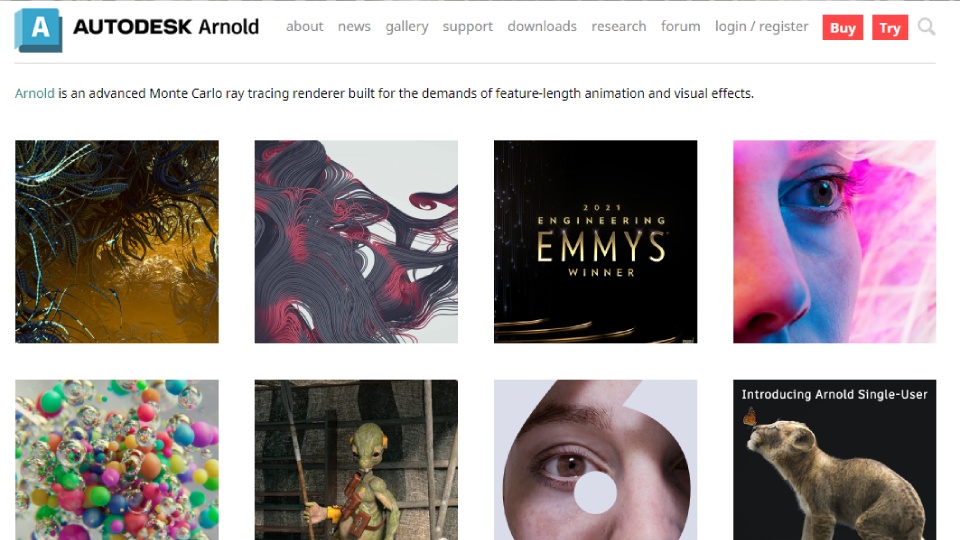
Price: $50/month, $400/year, and $1.200/year.
4. Octane Render
Octane Render is one of the best software for photorealistic rendering. It’s a GPU-based rendering engine known for its speed, efficiency, and ability to produce high-quality, photorealistic renders. This software developed by OTOY, Octane Render leverages the power of graphics processing units (GPUs) for parallel processing, allowing for faster rendering times compared to traditional CPU-based renderers.
Octane Render employs a path-tracing algorithm to simulate the behavior of light in a scene. Path tracing allows for the accurate calculation of global illumination, reflections, and other lighting effects. It employs a path-tracing algorithm to simulate the behavior of light in a scene. Path tracing allows for the accurate calculation of global illumination, reflections, and other lighting effects, contributing to the creation of realistic images.
In addition, Octane Render incorporates an artificial intelligence (AI) denoiser, which helps reduce noise in renders without sacrificing image quality. This is especially beneficial for achieving clean and visually appealing results in less time.
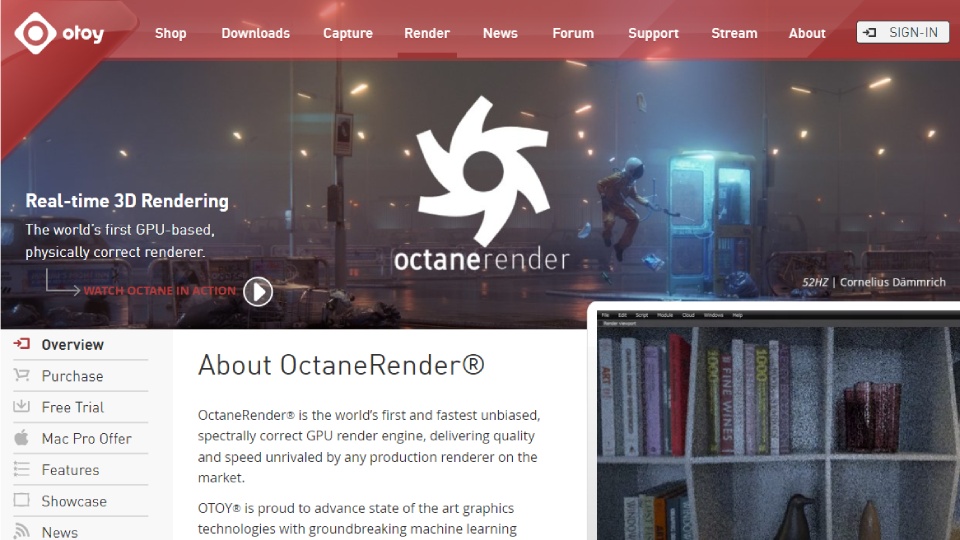 Price:
Price:
- Studio+ (Monthly): €23.95/month (Billed monthly).
- Studio+ (Annual): €23.95/month (Billed yearly).
5. Redshift Render
Redshift is a GPU-accelerated and biased rendering engine that has gained popularity for its speed and efficiency in producing high-quality, photorealistic renders. With a biased renderer, Redshift offers the flexibility to fine-tune the quality of specific techniques, allowing users to achieve an optimal balance between performance and rendering quality tailored to their production needs.
Redshift uses a ray tracing algorithm to simulate the behavior of light in a scene. This enables accurate calculations of reflections, refractions, and global illumination, contributing to realistic lighting effects. It supports procedural rendering, allowing for the creation of complex textures and environments through mathematical expressions rather than traditional image maps. This adds flexibility and efficiency to the rendering process.
Redshift employs unified sampling, a technique that optimizes the allocation of samples across different areas of the image. This helps reduce noise and improve the overall quality of the render. With its powerful features, Redshift allows you to have the highest quality with photorealistic results. It makes Redshift become one of the best software Photorealistic rendering.
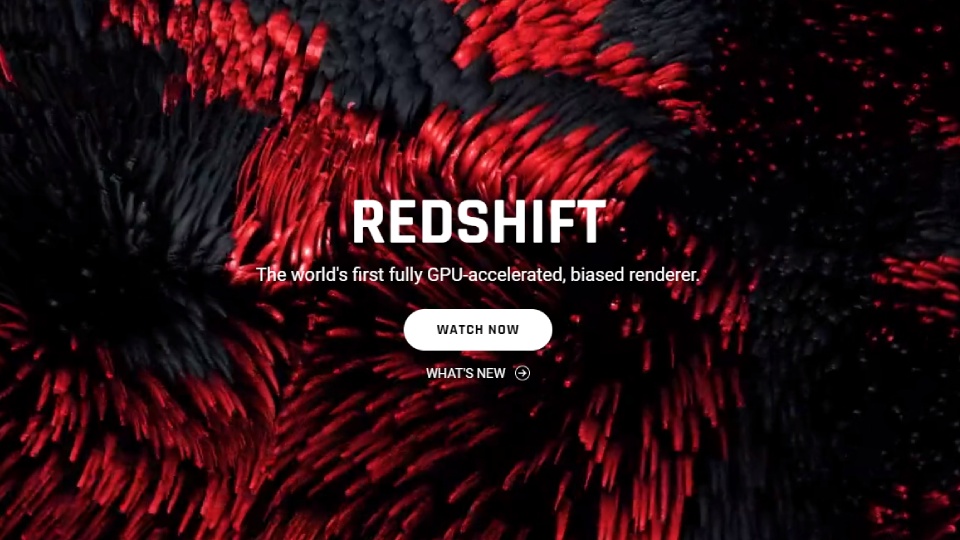
Price: €22.85/month and € 274.29 billed annually.
6. Maxwell Render
Maxwell Render is a rendering engine known for its emphasis on achieving accurate and physically correct lighting, making it a popular choice for photorealistic rendering. Developed by Next Limit Technologies, Maxwell Render simulates the behavior of light in a way that closely mirrors real-world physics.
Maxwell Render is built on a foundation of physically based rendering principles, aiming to replicate real-world lighting conditions and material properties for the most accurate and realistic results. Simultaneously, with the Multilight Technology of this render engine, the user can adjust the intensity and color of lights in the scene interactively even after the rendering process, providing a high level of control over the final output.
This software places a strong emphasis on achieving accurate material representation. It simulates real-world materials, including complex materials such as subsurface scattering, with a high degree of precision.
 Price:
Price:
- Maxwel | Bundle: From €521.50.
- Maxwel | Studio/Rhinoceros/Cinema 4D/SketchUp/Archicad/Maya/3ds Max/form Z: From €346.50.
- Maxwel | Cloud: From €60.00.
- Maxwel | Nodes: From €195.00.
7. Cycles (Blender)
Cycles is the built-in rendering engine for Blender, a popular and open-source 3D modeling and animation software. Cycles is designed to provide high-quality and photorealistic rendering within the Blender environment.
Cycles use a path-tracing algorithm to simulate the behavior of light. Path tracing is a rendering technique that calculates the paths of light rays as they interact with surfaces in a scene, resulting in realistic lighting, reflections, and global illumination. It’s built on physically based rendering principles, meaning it aims to simulate real-world lighting and materials for accurate and realistic results.
Cycles features a node-based material system, allowing users to create and edit materials through a visual interface. This node-based workflow provides flexibility and control over the appearance of surfaces in the scene. It supports various types of lights, including point lights, spotlights, area lights, and environmental lighting. It accurately simulates the interaction of light with surfaces, contributing to realistic lighting conditions.
This software serves as a versatile and powerful rendering solution for Blender users, allowing them to achieve high-quality, photorealistic renders directly within the Blender environment. It has gained popularity for its accessibility, integration, and ability to produce impressive results in a variety of creative projects. Besides that, it is one of the best software for realistic rendering without a fee.
Here are the 7 best software for photorealistic rendering that you can consider. Depending on your workflow, budget, project, etc, you can choose the software that fits your needs. You may opt for trial versions of the software to test and evaluate them directly. Thank you and see you in the next article!
See more: 3D Software Battle: Cinema 4D Vs Maya



